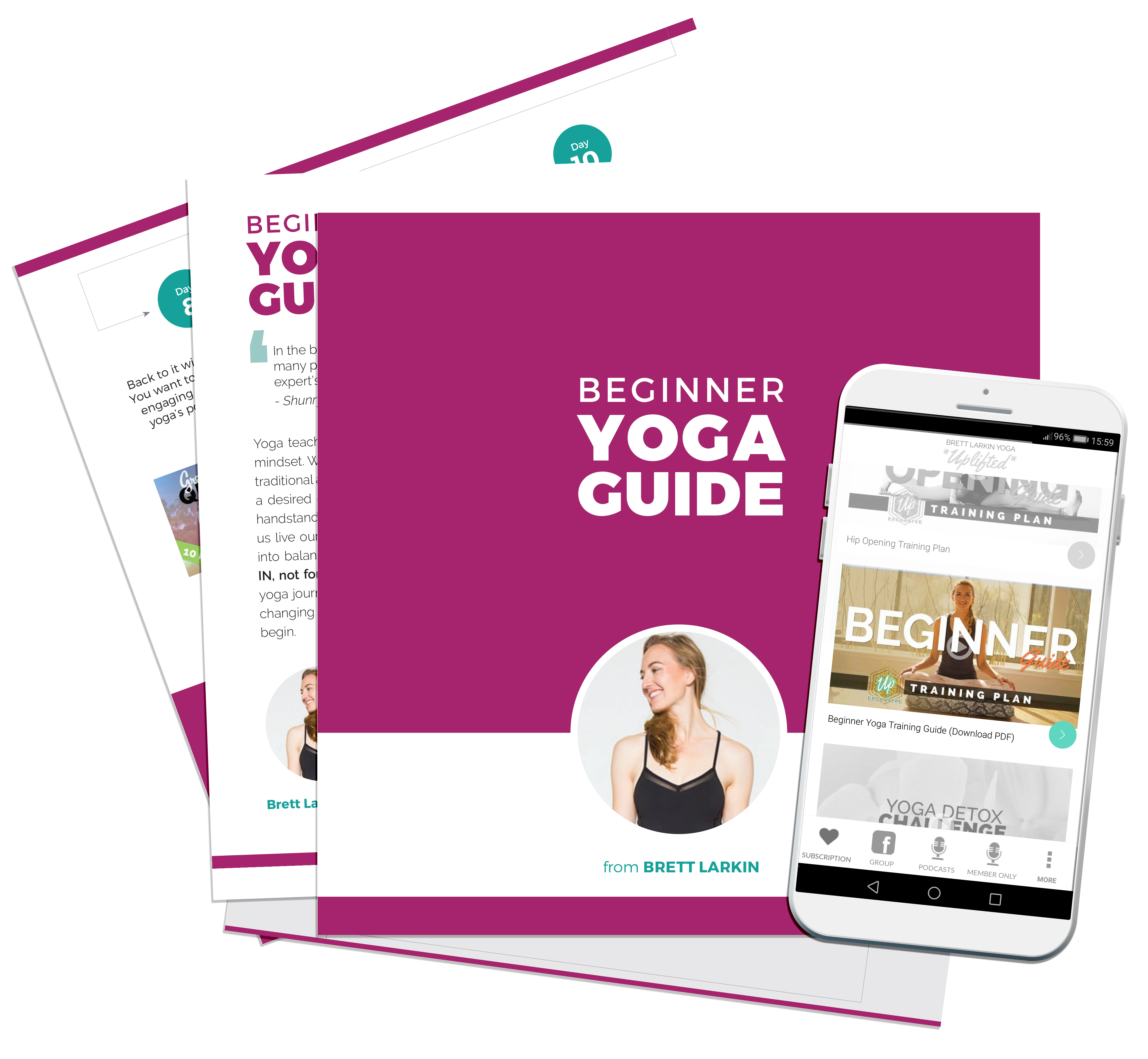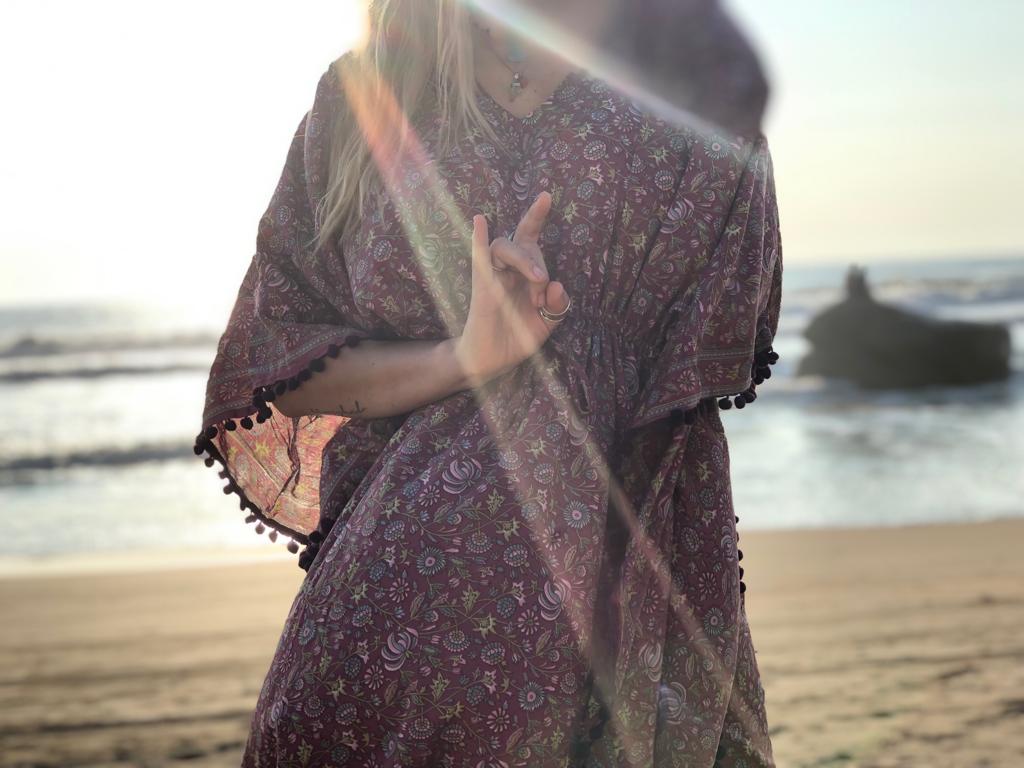What Does It Mean?
Karana mudra is depicted as one of the most spiritual Buddhist mudras meant for removing obstacles and fear. In case you didn’t know already, mudra is the Sanskrit word for “hand gesture.”
Buddha was an Enlightened Master who achieved enlightenment under a bodhi tree through his knowledge of meditation, and that is how the wheel of dharma was spread.
Some of the other mudras connected to Buddhism that you may be familiar with include dharma chakra mudra, bhumisparsa mudra, vitarka mudra, and dhyan mudra.
But if you were to ask a Buddhist monk what his favorite mudra was…
…he would probably say Karana mudra.
In Tibetan Buddhism as well as Hindu and Buddhist cultures, mudras are practiced daily to help them connect with their spiritual nature and to cultivate the feeling of peace within.
They believe that by doing this mudra, you can remove any sort of obstacles created by the mind, such as negative energy or fear and increase positive emotions.
Let’s take a look at the spiritual, mental, and emotional benefits of this mudra.
Karana Mudra Benefits
Karana mudra is one of the most powerful mudras for getting rid of negative energy.
You know how people put the evil eye symbol outside of their doors and dream catchers above their beds?
Or how there are sacred spiritual rituals out there that involve using herbal smoke from plants and trees such as sage or palo santo?
Ya, well here is a mudra that is meant for those exact same intentions.
This hasta mudra or hand gesture is used for warding off evil (i.e. dark spirits, negative thoughts, demons, bad deities).
It is also said to create energy that prevents negativity from entering into your home or energy field.
Did you know that love is the opposite of all evil and darkness?
And that you can heal the entire planet with compassion?
It’s true.
Try this mudra out and experience the good feng shui and fearlessness for yourself.
(It is important to note that if you have a statue or sculpture of Buddha performing this mudra, it should not be facing the front door. A good spot to place your statue would be somewhere that feels like it has dark or has dense energy, such as an attic or bedroom.)
How to Do This Mudra
Start by practicing some pranayama breathing exercises to increase your prana or life force energy.
Bring your left hand to your chest or heart, and allow your palm to face forwards.
Fold your ring and middle finger in, so that they are touching the inside of your palm, and allow your thumb to hold them down.
Your index finger and pinky finger should be out straight.
It may be difficult to do at first, so it might help for you to look at the photo of this mudra being performed.
If you ever did the “quiet coyote” hand signal as a little kid in school or summer camp—that is Varana mudra, except with your ring and middle finger folded in.
Allow the mudra to increase the concentration of your mind.
Notice how the flow of energy changes and spreads throughout your entire body.
As you inhale, you are welcome to repeat the mantra, “I remove all obstacles from my mind, body, and spirit.”
And as you exhale say, “May my negative energy be released into the universe and converted into positive energy.”
Try to hold the mudra as long as you can, but make sure it’s at least for 10-15 minutes without any interruptions.
*Some sources say that you can fold the middle finger, pinky finger, and thumb instead of pressing the thumb on top of the middle and ring fingers.
Next Steps
- If you’re interested in practical kriya yoga as a way to improve your daily life and relationships, check out my Yoga for Self Mastery course.
- Order my Yoga Life book for a practical guide to creating balance in your life through yoga.
- Check out my YouTube channel and find some yoga classes that you can try out for yourself!
Experience 3 Training Videos from Inside My 200-Hour Online YTT

YOU MIGHT ALSO LIKE
- 8 Kundalini mudras for health and energy
- Vitarka Mudra: What It Is and How Do You Use It?
- Shakti Mudra: What It Is and How Do You Do It?
- Garuda Mudra: What It Is and How Do You Use It?
- Kali Mudra: What It Is and How Do You Do It?
- Shunya Mudra: What It Is and How Do You Do It?
- Varuna Mudra: What It Is and How Do You Use It?
- Vayu Mudra: What It Is and How Do You Use It?
- Venus Mudra: The Seal of Clarity & Empowerment
- Karana Mudra: What Is It And How Do You Use It?
- Gyan Mudra: What Is It And How Do You Use It?
- Dhyana Mudra: What Is It And How Do You Use It?
- Lotus Mudra: What Is It And How Do You Do It?
- Dharmachakra Mudra: What Is It And How Do You Do It?
- Yoni Mudra: What Is It And How Do You Use It?
- Apana Mudra: What Is It And How Do You Use It?
- 10 Powerful Types of Mudras (With Pictures)
Learn how to do 11 of the most popular yoga poses correctly. Free video + PDF download.











